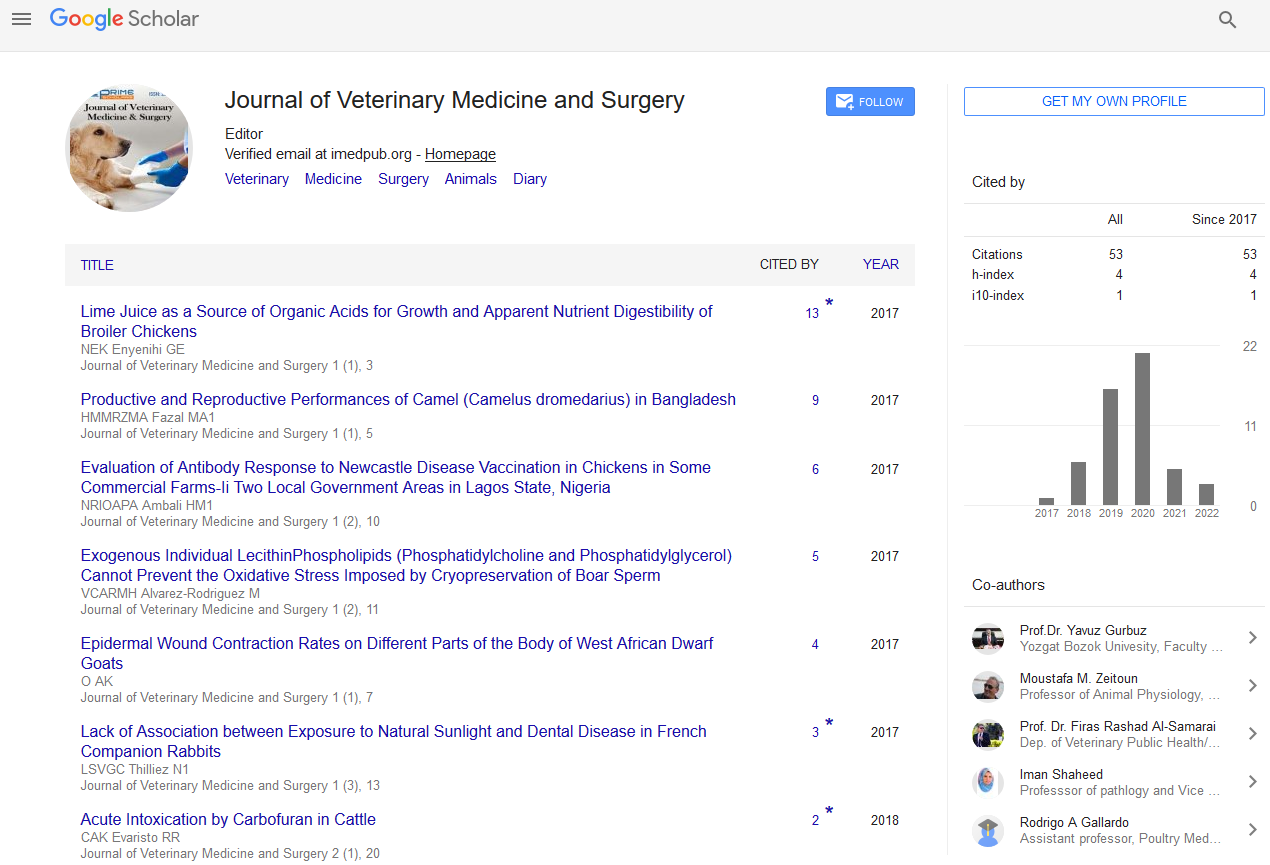Kazuya Ono1*, Kumiko Ando1, Housei Oguchi1, Akiya Kamiyama1, Naoki Shimizu2 and Toshiko
Yamamoto2
1Department of Neuropsychiatry, St. Marianna University School of Medicine, Kawasaki, Japan
2Department of Pediatrics, St. Marianna University School of Medicine, Kawasaki, Japan
- Corresponding Author:
- Ono K
Department of Neuropsychiatry, St. Marianna University School of Medicine, Kawasaki, Japan
E-mail: kazuya.ono@marianna-u.ac.jp
Received date: December 18, 2020; Accepted date: January 01, 2021; Published date: January 8, 2021
Citation: Ono K, Ando K, Oguchi H, Kamiyama A, Shimizu N et al. (2021) How Animal Type Robots Contribute to the Treatment of Autism Spectrum Disorders. J Vet Med Surg Vol.5 No.1:30.
Animal-type robots (aibo: Created by SONY Corporation) have changed from the conventional form to have individuality and attachment like living organisms due to the introduction of AI. Traditionally, stuffed animals have been considered to have great significance in the socialization process of animals as a transition object in the inter subjective area (the area of psychological relationship between people).
Keywords
Animal; Autism; Autism spectrum disorders
Description
High-functioning autism and Asperger's syndrome, which are
currently included in autism spectrum disorders, are disorders
with various functional levels. We call them Autism Spectrum
Disorder without Mental Retardation (ASD without MR), in this
study.
ASD without MR is an extremely diverse disorder. Recently,
many common mental disorders have various autism spectrum
disorders in our clinical facilities. Therefore, it is important to
have the patient acquire communication skills early in
development.
On the other hand, animal-type robots (aibo: Created by
SONY Corporation) have changed from the conventional form to
have individuality and attachment like living organisms due to
the introduction of AI. But it is not clear what kind of
reciprocal reaction these changes have in children. Autism is
known to be buried in the self-world from an infancy due to its
communication skills, social challenges, and extreme
narrowness of areas of interest, and to spend more time playing
by one person. In other words, as a new functional transition
object, animal-type robots may contribute to the development
of the primitive sociality of building a two-party relationship. To
exploring such possibilities, we would like to start the following
exploratory research and decided to start a joint research project in consultation with Sony Corporation. The outline of our
research is as follows.
Purpose of research
We compare the inter-interaction between children's ASD
without MR and healthy persons, and search for whether the
change in the difference is related to growth promotion (social
and emotional aspects).
Subject
• Children between the ages of 6 and 12
• FIQ70 or higher in WISC-IV (intelligence test)
• Children diagnosed with autism spectrum disorder according
to DSM-5 diagnostic criteria of the American Medical
Association
• Children who have obtained document consent from the substitute consenter and consent from the subject to participate
in this study
Method
Exposure time 10 minutes Observation frequency once a
week 1 cool at 8 weeks (ends with 1 cool)
Evaluation
Video record and evaluate and observe behavior. The
childhood autism rating scale is performed before the start of
the study and at the 8th week or discontinuation.
Conclusion
At present, there is a difference in the way of playing by the
severity of the disorder of the subject's autism. In the normal
control group, changes in the ingenuity of how to play are
gradually seen, but such changes are few in the autism group.
With proper induction, the autism group can also change the
way it is played. We are currently conducting research and will
report the results in 2021.

